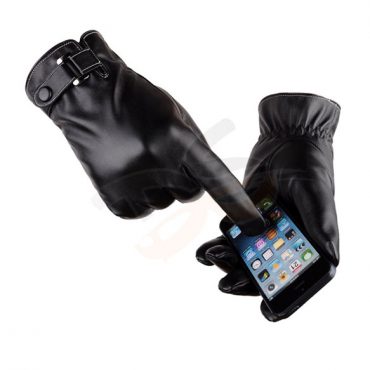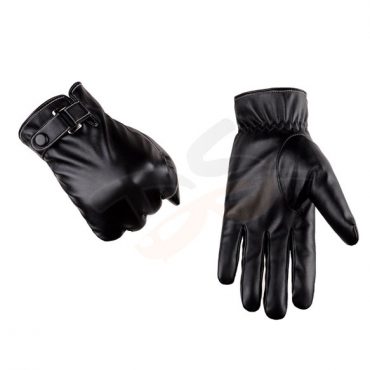Welder protective gloves protect hands and wrists from molten metal drops, short-term flame contact, heat flow, conduction heat and other substances, and their materials have the smallest resistance that can withstand arc welding up to 100V (DC). Gloves. The product should meet the requirements of AQ 6103-2007.
Material requirements
1. Protective gloves for welders are generally made of natural leather and various linings.
Outer layer: natural leather such as cattle split leather, cattle top layer leather, pigskin, sheepskin, etc.
Inner layer: thickened inner lining, pure cotton lining, cotton lining, denim lining, etc.
2. The first grade leather has uniform thickness, fullness, softness and elasticity, fine, uniform, firm and uniform color. No greasy feeling; second-grade leather lacks full elasticity, thick leather surface, and slightly darker color.
3. The thickness of leather and canvas should meet the regulations.
4. The mechanical properties should meet the requirements.
The leather for the palm and back of the hand should be soft, strong, and uniform in thickness. Leather for sleeves should be slightly elastic.
5. The chemical properties should meet the requirements.
6. Metal parts should not be connected between the outer and inner materials of the glove to prevent electrical conduction.
Classification
Welder protective gloves are divided into two types according to their performance.
Class A: Low flexibility (with higher other performance)
Type B: High flexibility (with lower other performance)
size
The minimum length of welder’s protective gloves should meet the requirements of the following table:
skills requirement
1. Structure:
The seam of the palm and back of the welder’s glove should be inlaid with clip strips. Use chrome-tanned cowhide or pigskin for the striped leather. The side leather and reinforced lining leather should be the same leather as the palm and back of the hand. The width of the reinforced lining is 15mm or more;
2. Needle code open thread every cm3~4 stitches; dark thread every cm4~5 stitches;
3. Sewing: The suture is straight and flat, the stitch length is well-proportioned, and the tightness is moderate.
If the gloves are found to have broken needles, continuous missing needles or skipped needles, they should be replaced in time.























